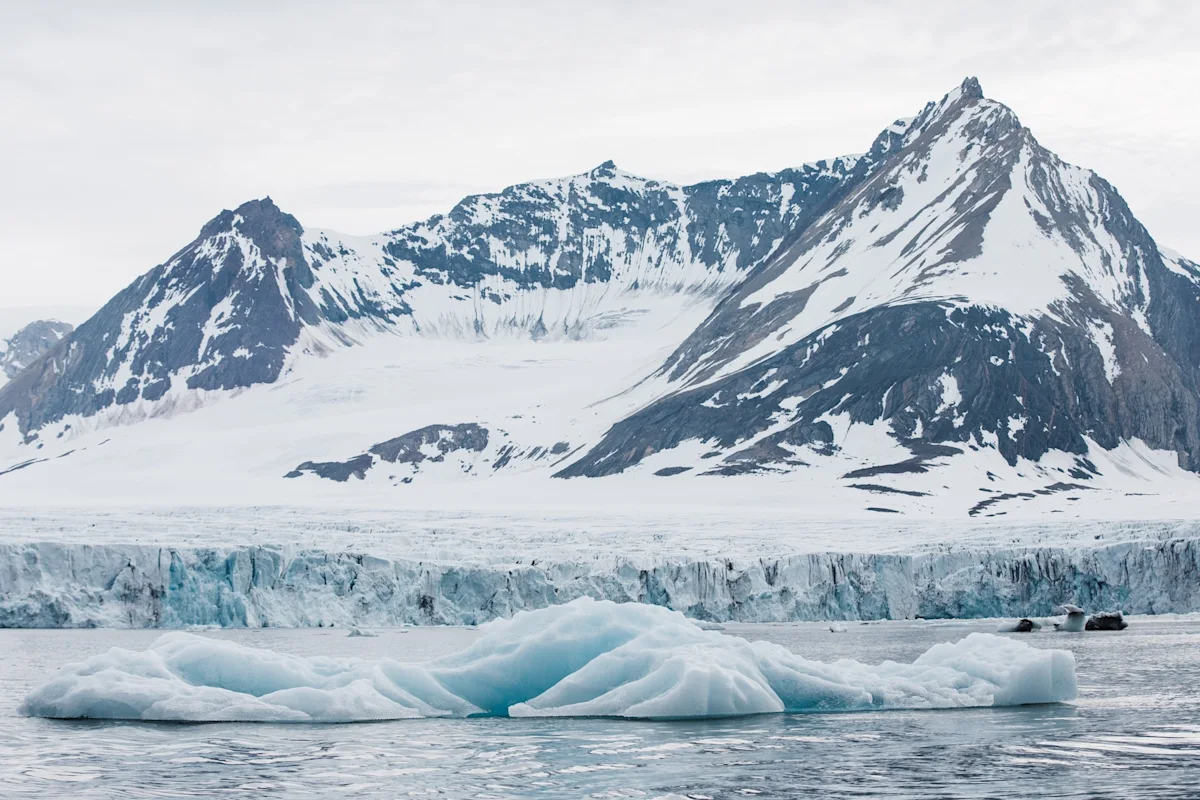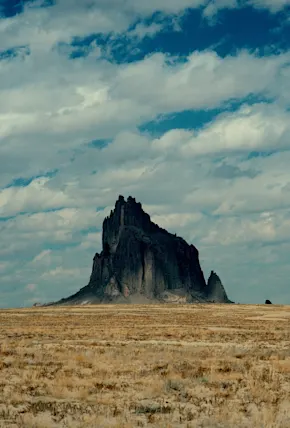The High Arctic isn’t known for rich vibrant colors. Scientifically described as a "polar desert," the area atop our globe is usually associated with frozen seas, ancient glaciers, wildlife, and remote communities—basically all things most imagine to be varying shades of white, brown, and gray.
On a cruise hosted by Aurora Expeditions from Iceland to Svalbard, Norway and crossing 80° N, however, I saw something much more colorful than I had been expecting: vibrant purple wildflowers, lush velvet green moss, and deep reds from the iron-rich soil.
Even the wildlife, like the playful puffin and striking eider duck, display a remarkable color palette. Humans have added to this too, with boats, homes, and docks that offer stark contrast to their snowy backdrops. Thankfully, I had my camera to capture it all. Below, I reflect on all I saw, through the lens and beyond.

Glacial Blues and Sea Ice
Though water itself is colorless, glaciers often glow in brilliant shades of blue or turquoise. “This happens because compacted glacier ice, formed over hundreds of years, absorbs longer wavelengths of light and scatters shorter blue wavelengths back to our eyes,” said Howard Whealan, founding editor of Australian Geographic magazine turned expedition leader.
I found the most striking blue hues at glacier edges where ice layers are freshly exposed. Additionally, the Arctic Sea ice shares this effect where dense, pure ice filters sunlight, soaks up warm colors and reflects cool blues, giving the ice its iconic deep blue color.
















